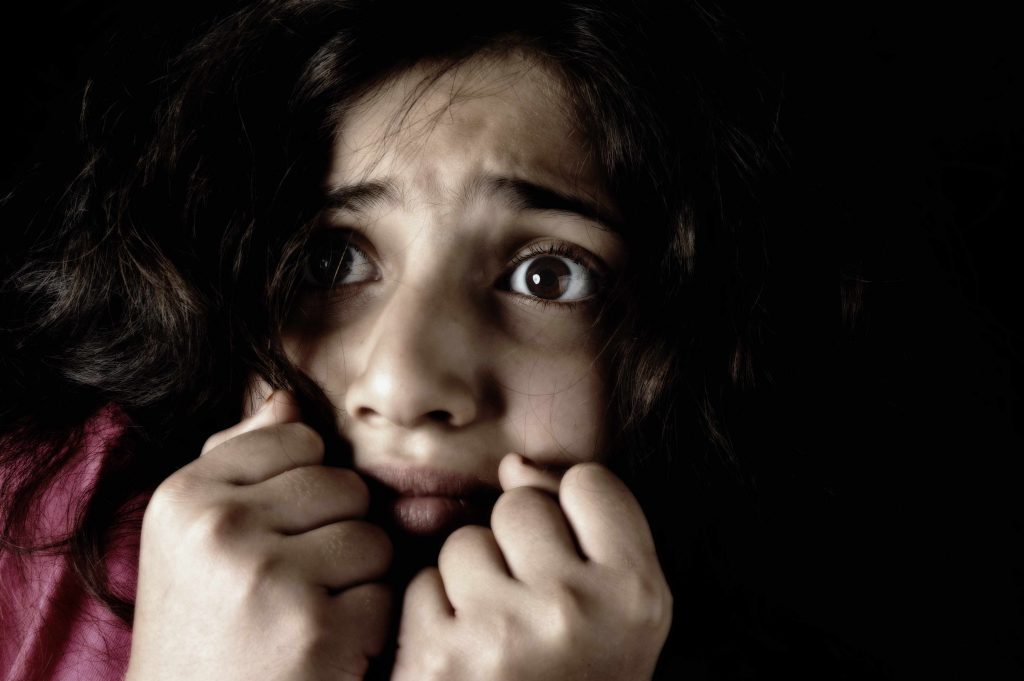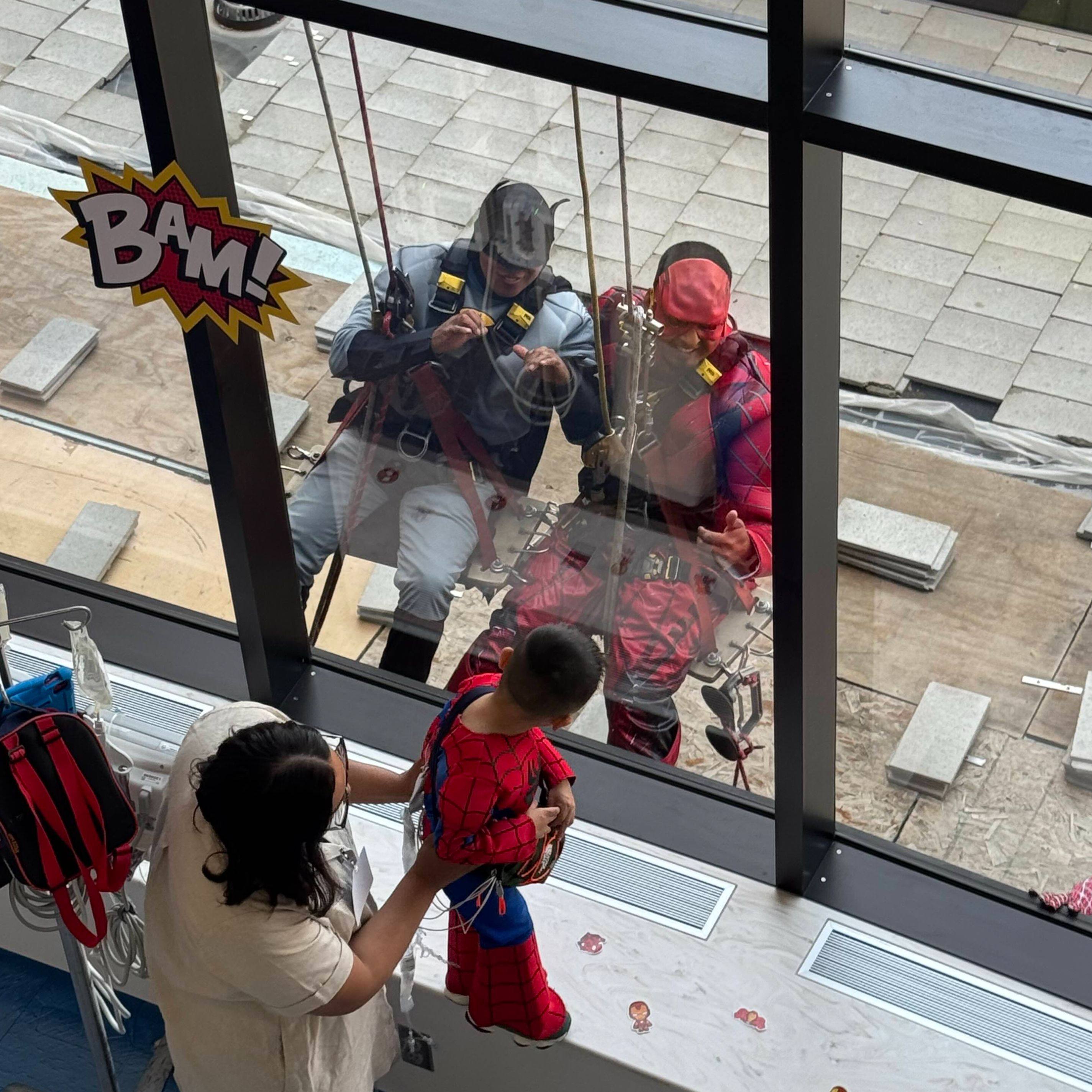-
Mayo Clinic Q and A: Sleep terrors in children
 DEAR MAYO CLINIC: My 7-year-old daughter has sleep terrors. What causes this, and when can we expect them to be finished?
DEAR MAYO CLINIC: My 7-year-old daughter has sleep terrors. What causes this, and when can we expect them to be finished?
ANSWER: It’s hard to pinpoint why some children experience sleep terrors and others don’t, but fatigue and stress seem to be frequent triggers. Anyone can have a sleep terror, but they are most common in children younger than 12. In most cases, they stop by the time a child reaches middle school or high school.
Sleep terrors, also called night terrors, are occasional episodes of screaming and flailing while a person is still asleep. In some cases, sleep terrors may involve sleepwalking. Although the behavior that happens during a sleep terror can put a child at risk for physical harm from falling or hitting something, a sleep terror itself isn’t harmful and doesn’t pose any health risks. Most of the time, children don’t remember having a sleep terror. Because of that, sleep terrors are usually more upsetting for other members of the household than they are for the child who actually has them.
Sleep terrors tend to run in families. So if a parent had them as a child, then his or her children are at an increased risk for them, too. Sleep terrors are most likely to happen when a child is overtired or feeling a significant amount of stress. Sleeping in new surroundings or in a loud or noisy environment may contribute to sleep terrors. In children, fevers may sometimes trigger a sleep terror.
One of the best steps you can take to help prevent sleep terrors is to make sure your child is well-rested. A regular bedtime routine that is relaxing and doesn’t involve any electronics — including cellphones, TV, computers and video games — also can help. Read books together, play a quiet game, or spend time talking to help your child wind down before bed. If a child doesn’t seem to be able to get enough sleep at night, consider a daytime nap. As much as possible, keep the stress level in your home low, and help your child work through stressful or upsetting situations.
To reduce the risk of a child hurting himself or herself during a sleep terror, create a safe bedroom environment. Place sharp, heavy or fragile objects out of your child’s reach at night. Securely lock doors and windows. Put gates across stairways. Children who have sleep terrors shouldn’t sleep on the top level of a bunk bed.
When a sleep terror happens, stay with your child until it is finished. If necessary, gently restrain the child from getting out of bed, or lead the child back to bed. Speak softly and calmly. Don’t try to wake your child. The phase of sleep during which a sleep terror happens makes it unlikely that a child will respond to attempts to wake him or her.
Shouting or shaking a child during a night terror could make the episode last longer. In most cases, a sleep terror will stop on its own. Never punish a child for having a sleep terror or threaten punishment if it happens again. That only increases a child’s stress and could worsen the situation.
Treatment usually isn’t necessary for sleep terrors. But if they significantly disrupt your home regularly, make an appointment with your child’s health care provider. He or she can help evaluate the situation. In rare cases, a child who has frequent sleep terrors may benefit from an evaluation with a sleep medicine specialist. In most cases, however, sleep terrors fade away as a child ages, without any medical intervention. — Dr. Nusheen Ameenuddin, Community Pediatrics and Adolescent Medicine, Mayo Clinic, Rochester, Minnesota
Related Articles







